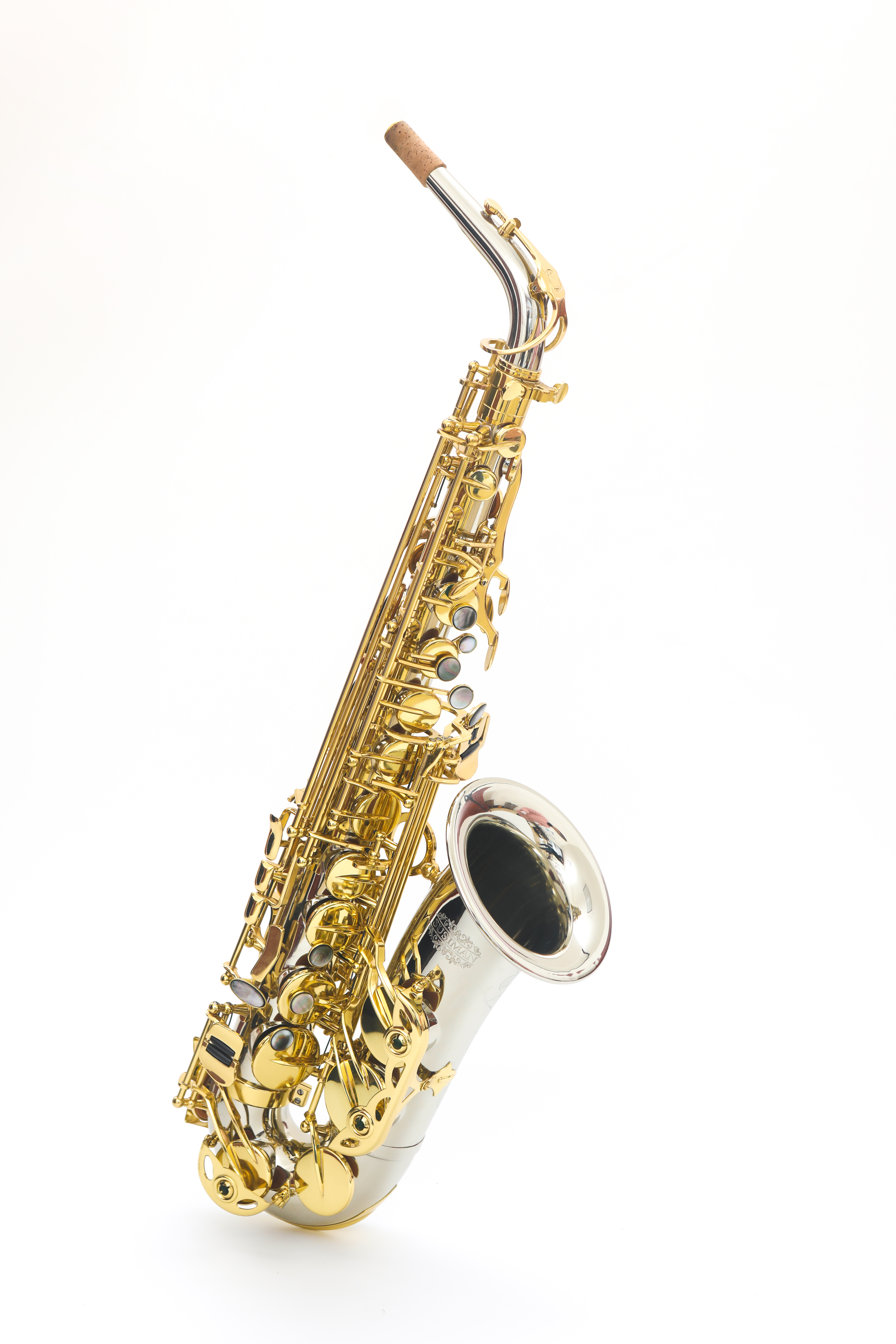The key a saxophone is in depends on the specific type of saxophone. The most commonly used saxophones, the alto and tenor, are in the keys of E flat (Eb) and B flat (Bb), respectively. Other types like the soprano and baritone saxophones also typically fall into these keys.
Understanding Saxophone Key Signatures
Different types of saxophones are pitched in different keys. This means that when you play a written C on a saxophone, the note that is heard will vary depending on the type of saxophone. Here is a brief summary of the key signatures for the most common types of saxophones:
| Type of Saxophone | Key |
|---|---|
| Soprano | Bb |
| Alto | Eb |
| Tenor | Bb |
| Baritone | Eb |
Implication of Saxophone Key Signatures
The key in which a saxophone is pitched has several implications, affecting the sound of the instrument and its role in an ensemble.
- Sound Characteristics: The key of a saxophone contributes to its distinct sound characteristics. For instance, an alto saxophone in E flat has a sound that’s rich and deep, while a soprano saxophone in B flat is known for a sound that’s bright and penetrating.
- Music Transposition: Since saxophones are transposing instruments, music needs to be transposed to match the key of the saxophone. This means that when a saxophonist sees a written C and plays it, the note that is heard will not be C but either Bb or Eb, depending on the type of saxophone.
- Role in Ensemble: The key of a saxophone also influences its role in an ensemble. For example, the alto saxophone (in Eb) often carries the melody in a jazz ensemble, while the tenor saxophone (in Bb) frequently provides harmony.

Choosing the Right Saxophone
Choosing the right saxophone often depends on a combination of personal preference and musical requirements.
- Personal Preference: Some saxophonists might prefer the sound and feel of a certain type of saxophone. For instance, some musicians might prefer the bright and penetrating sound of a soprano saxophone in B flat, while others might favor the rich, full sound of a baritone saxophone in E flat.
- Musical Requirements: The choice of saxophone can also depend on the musical context. For example, a jazz ensemble might require a tenor saxophone for its unique sound and role in providing harmony.
In conclusion, the key a saxophone is in depends on its specific type, with the alto and tenor saxophones being the most common in the keys of E flat and B flat, respectively. This key signature influences the saxophone’s sound and role within a musical ensemble, and it requires the musician to transpose music to match the key of the saxophone. To learn more about saxophones, please visit the saxophone Wikipedia page.


